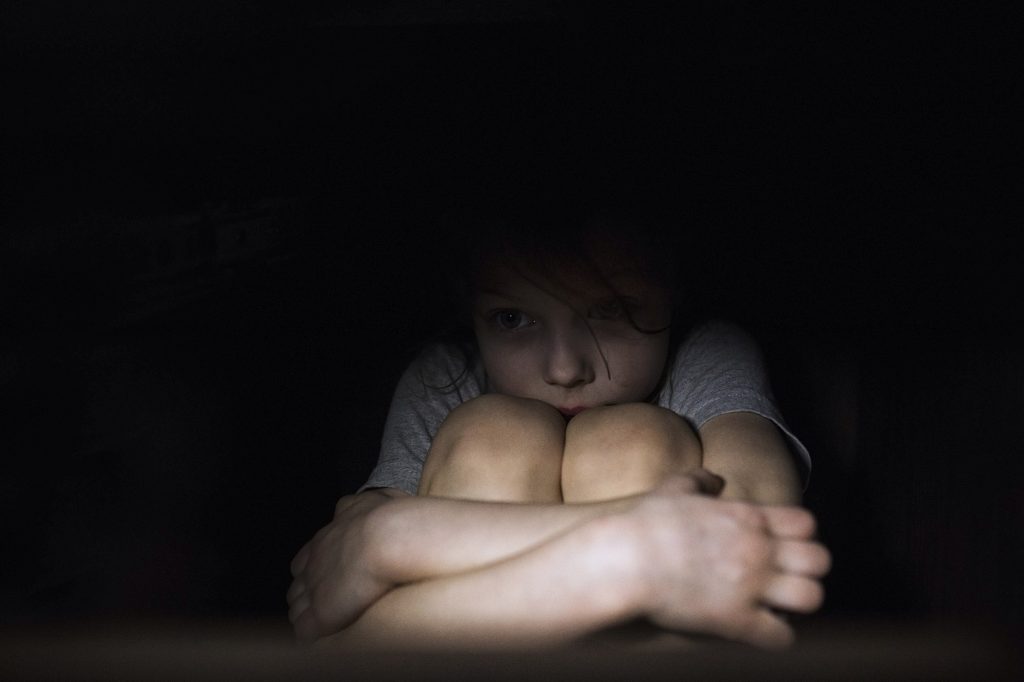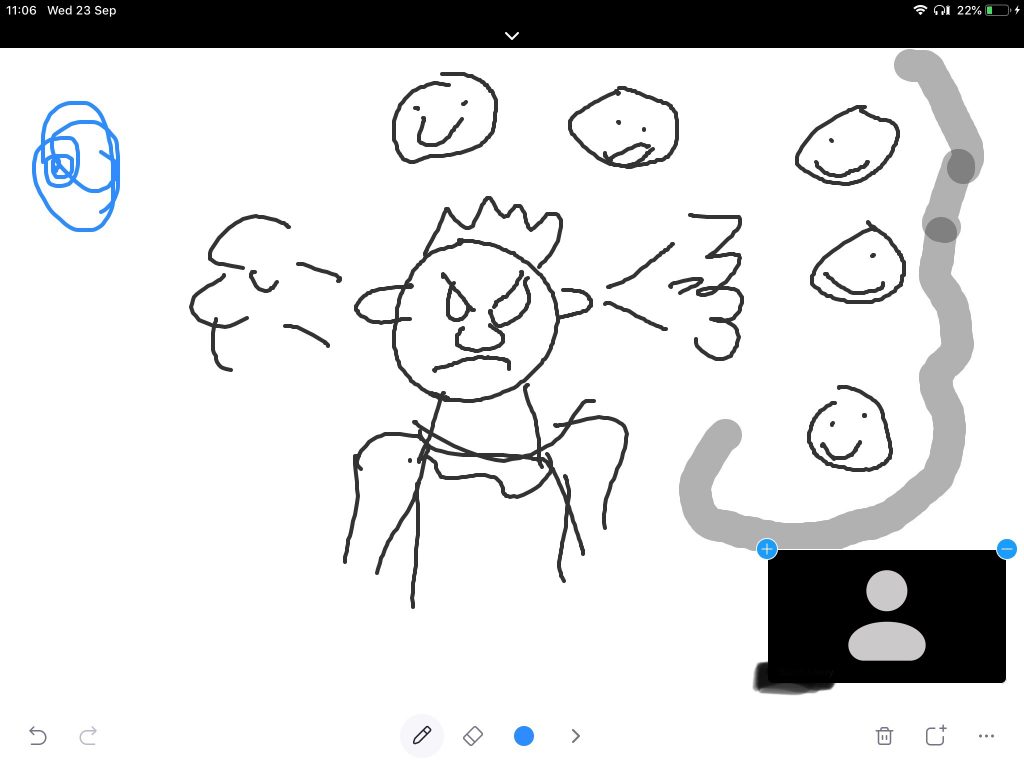Drawing Therapy
The use of communication through drawing therapy when words are too hard…
This article is a case study about a young client struggling with anxiety. It discusses how he and his therapist found a way to communicate with one another through the use of drawing therapy.

Jake and his overwhelming anxiety
Jake was too young to be one of my clients, unfortunately he was also too old to fit into the paediatric mental health team and the teenage support group for anxiety was overwhelmed.
Jake had a bad experience and didn’t trust therapists
Jakes mother described a boy who every morning thought he would get up and go to school and by 9:05 had failed. He was then stressed all day about having to go to school the next day and couldn’t concentrate on his schoolwork at home, even if his granny sat and helped him
The start of CBT therapy
Jake`s mother and I agreed not to tell the services that I was working with him in case it stopped him from obtaining more appropriate input. We also agreed she would sit in on the sessions as a silent observer.
Jake didn’t say much either apart from telling me how he’d been let down by other therapists who had promised a phased return to school with him in control – but this hadn`t happened. I told Jake that I didn’t really care whether he went to school or not, all I cared about was helping him get through the time period until he felt ready to do so.
I did the standard CBT things using Zoom at Jakes pace, he was very anxious before our sessions and quite often came into therapy feeling upset, and sometimes he cancelled, hiding in his bedroom.

How drawing therapy became part of his CBT
Once I discovered Jake could draw things changed. Using the shared whiteboard he could depict his feelings and could use the subsequent image to explain what he meant.
Several of these drawings changed things greatly for both of us, the first picture showed how he felt about anxiety and the treatment of it. He drew a very cross looking person with steam coming from his ears. After we discussed it I asked him whether he wanted to continue working with me. There are no words to describe the rewarding feeling I had as I watched smiley faces prop up on my computer screen as he drew, miles away, in his own sitting room.

CBT Drawings to express and understand anxiety
Today Jake and I talked about anxiety, or rather I talked and he drew. I thought I knew what it felt like to be anxious, I’d been anxious before exams, been a bit stressed if I didn’t know the outcome of a dilemma, and I’m scared of the dark. Anxiety is huge, scary, unstable and destructive. Jake drew his “ monster” on the shared whiteboard.

The first thing I noticed was the Boris hairstyle – my interpretation, Jake just wanted to make it look stupid. It wasn’t very big either but had a foot in the door. The front door which was open because the anxiety had come with a reasonable-sounding request. Once Jake allowed the anxiety in it talked and talked to him and even when he tried to make it leave by another door it never stopped telling him something was wrong. In the end, Jake simply stopped opening the door.
He wasn’t frightened though, his anxiety was stupid, annoying and persistent, but never scary, destructive or unstable.
I guess anxiety is just a word, but a picture is a thousand words.
AUTHOR: Emily Cobb
Cognitive Behavioural Therapy
If you are looking for therapists who offer Cognitive Behavioural Therapy for a range of mental health issues you can read more about it on this page. We offer therapy at Act Counselling and CBT Services and are happy to speak with you today should you wish to find out more and book in with one of our therapists. Get in touch with us today via our online contact form or call us on 0141 554 0838.
Get in touch >





